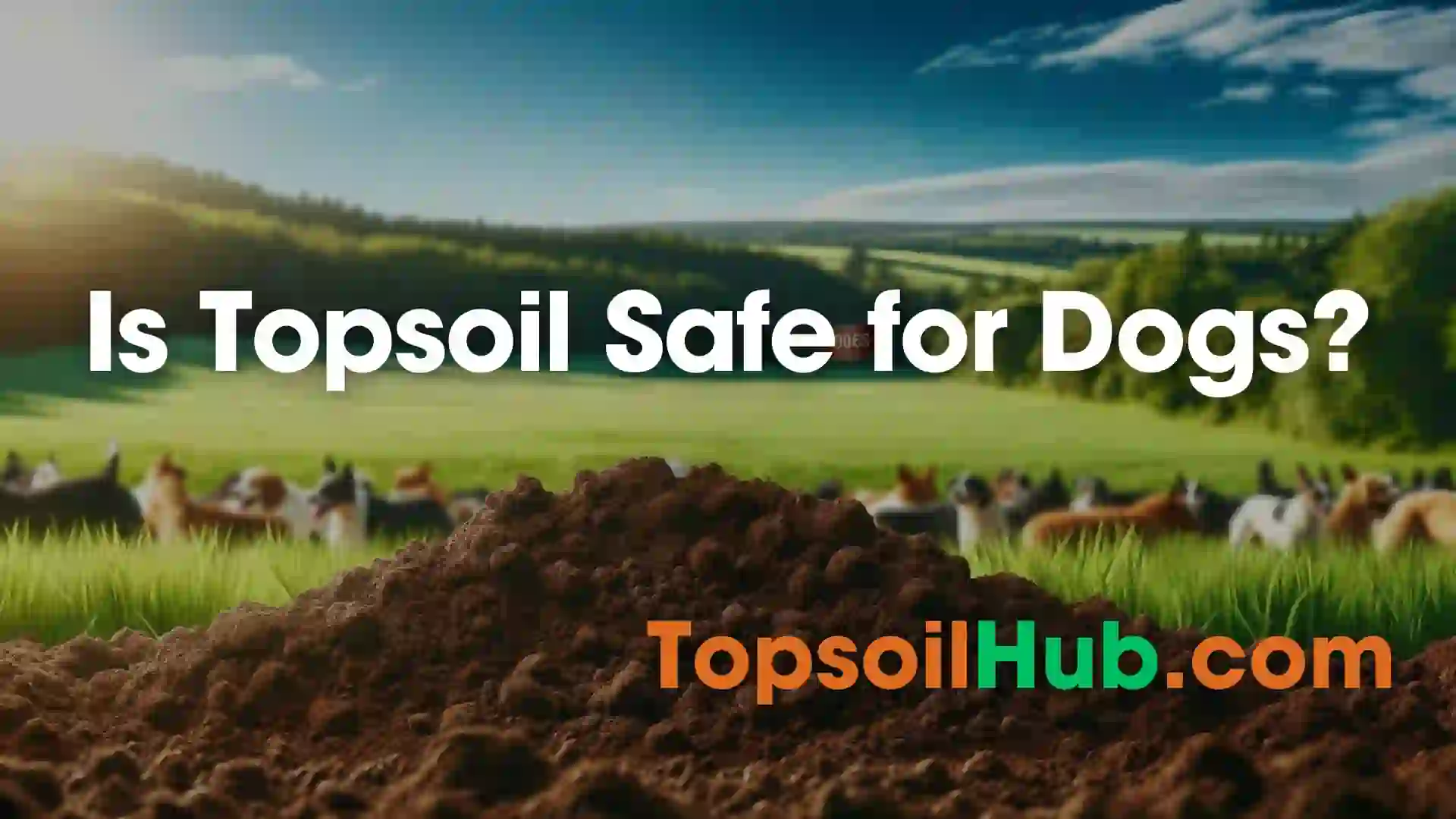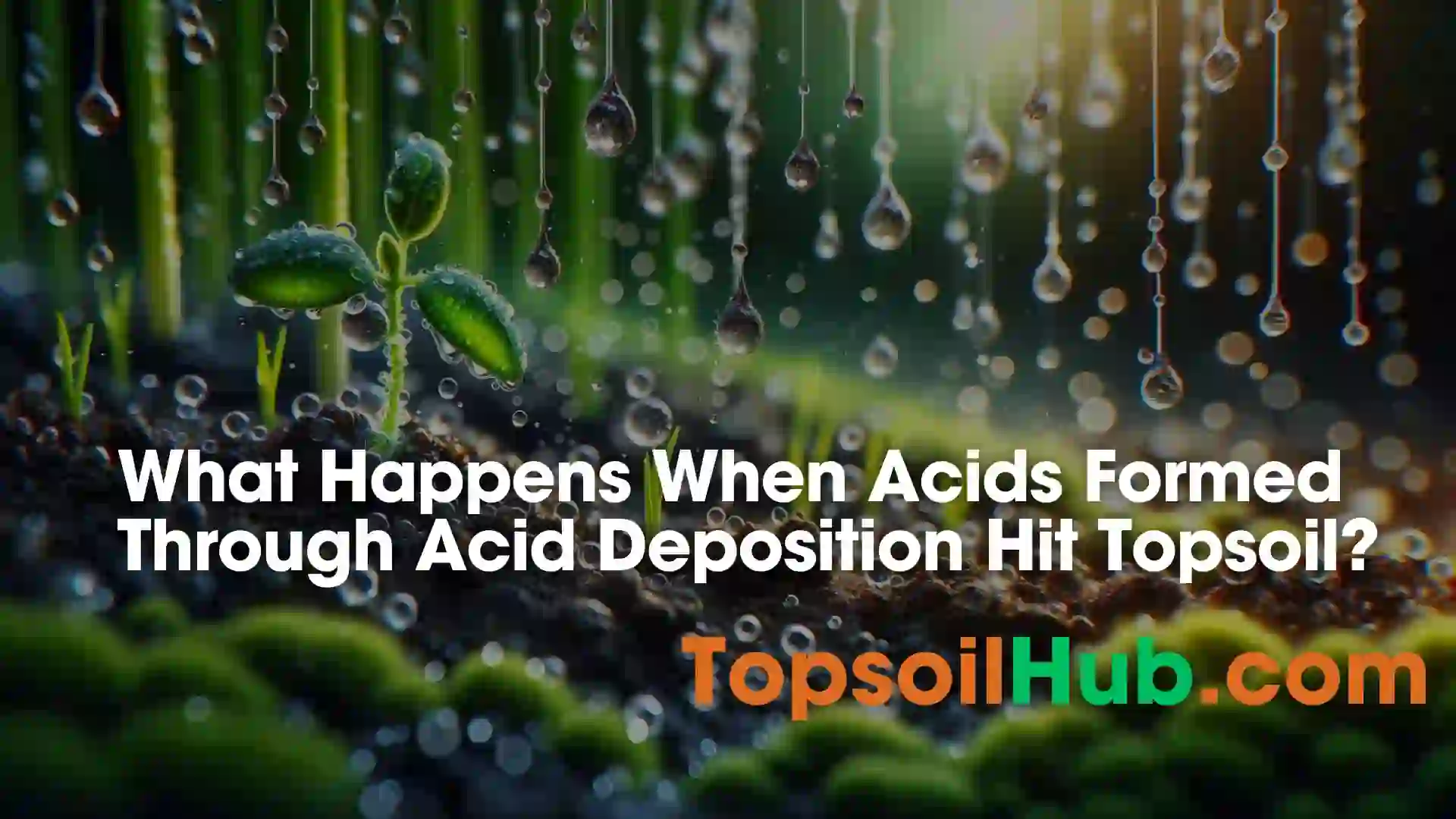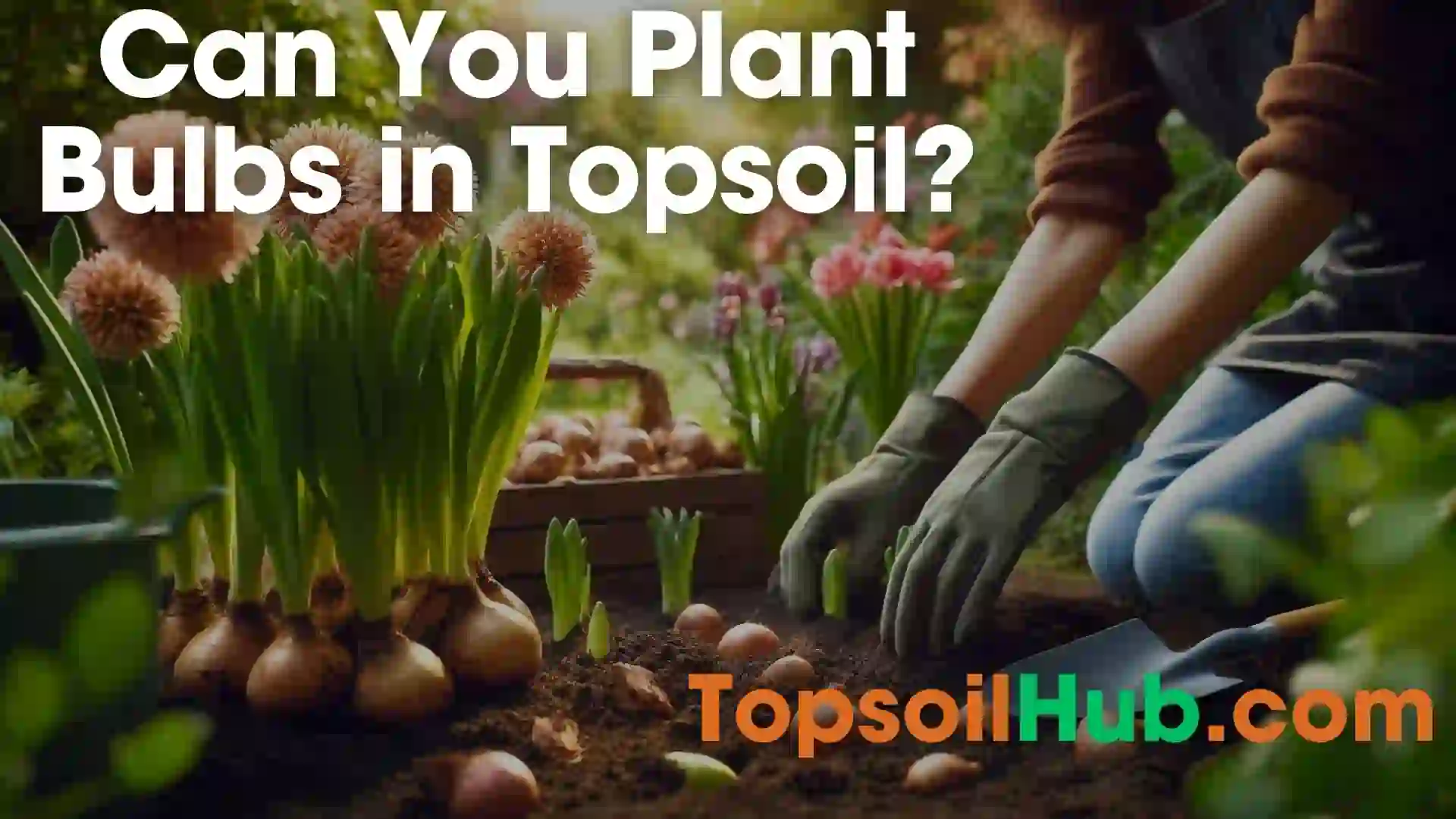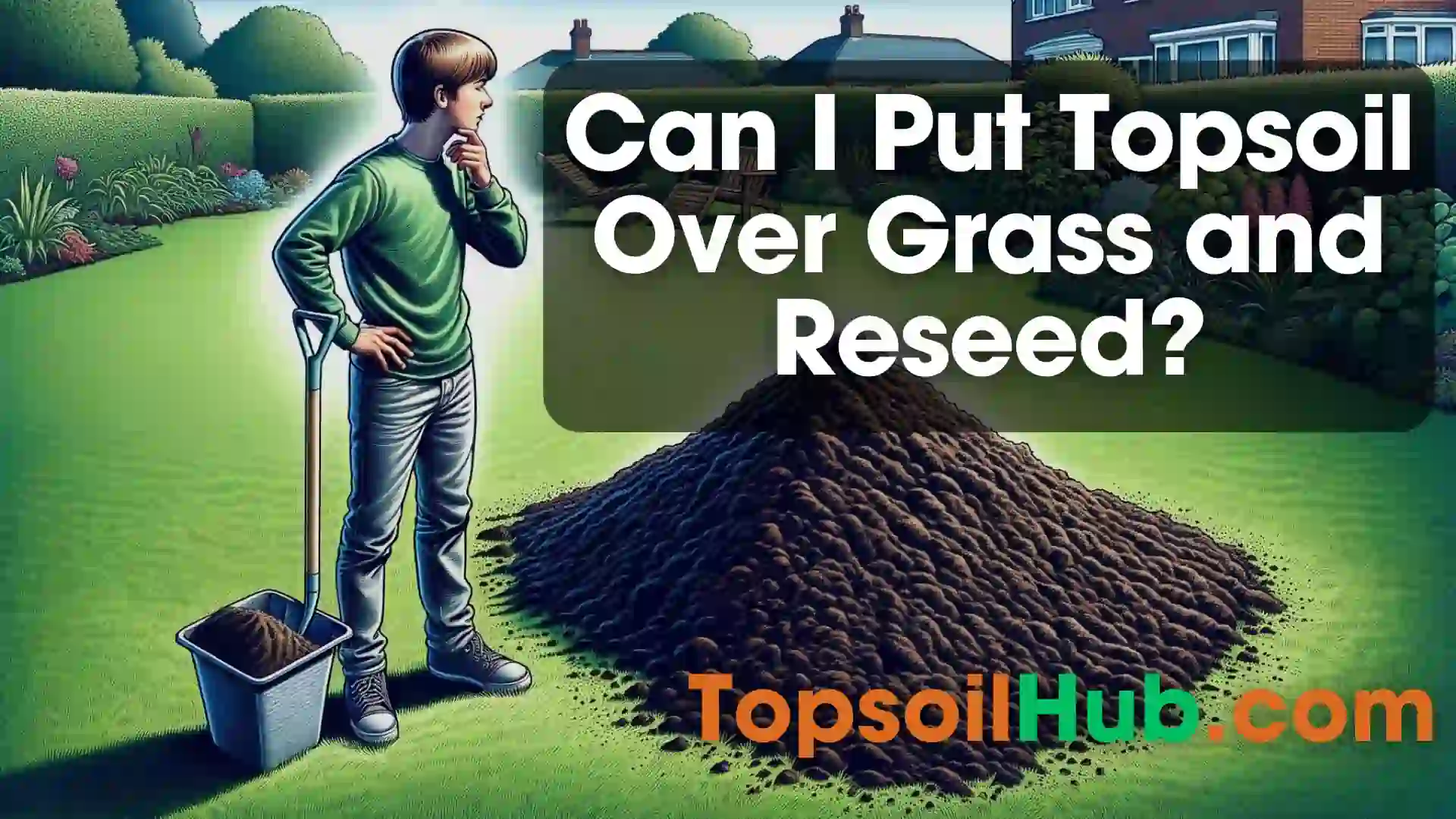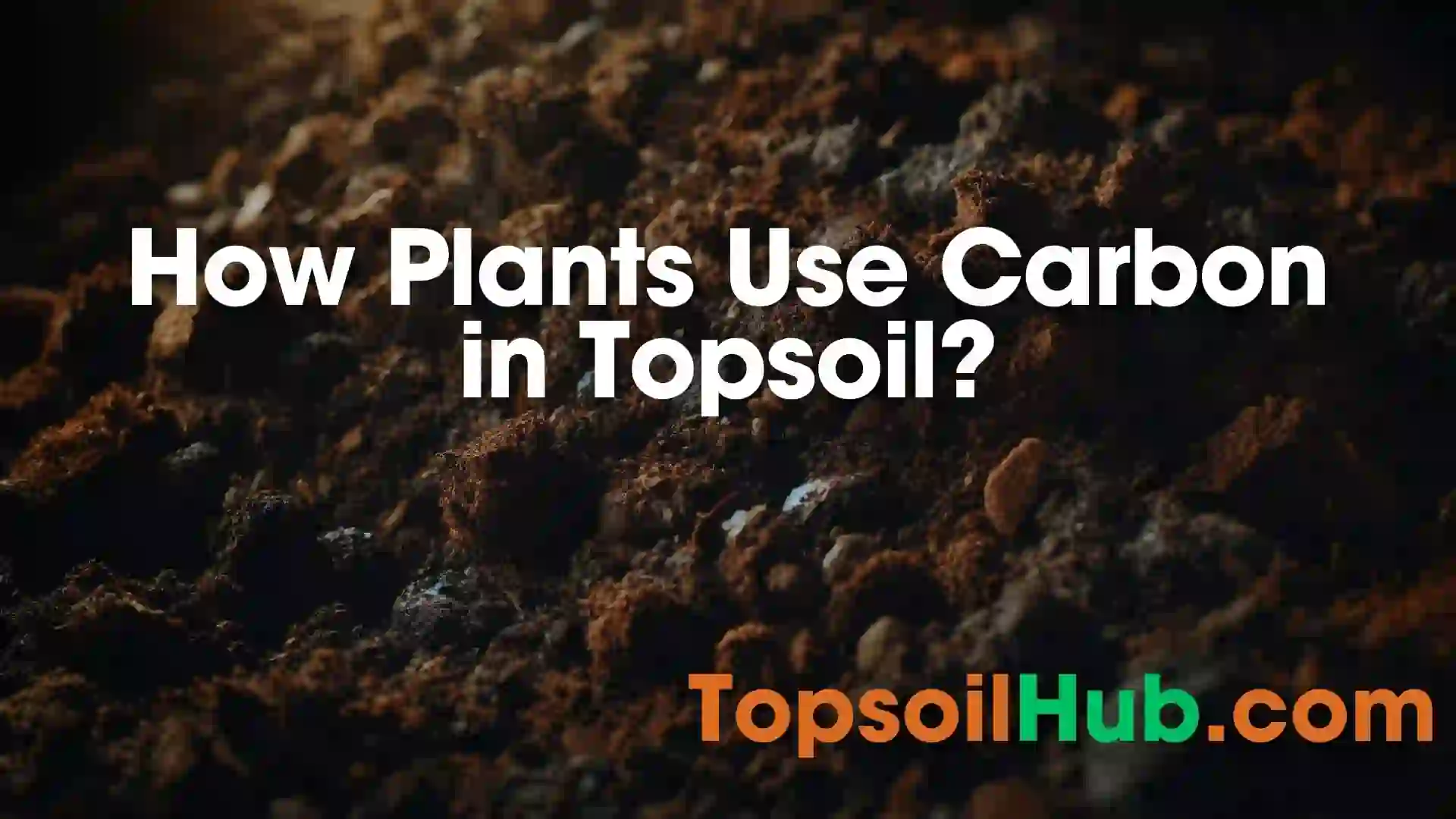Is Topsoil Safe for Dogs? It Depends! Learn More Now
Have you ever caught your dog digging in your garden or munching on some topsoil? If so, you might be wondering if this is normal or harmful behavior for your furry friend. Topsoil is a common gardening material that can improve the quality and appearance of your plants. However, it can also pose some risks to your dog if they come into contact with it or ingest it. In this blog post, we will explain why topsoil can be harmful to dogs, what to do if your dog eats topsoil, and how to prevent your dog from accessing topsoil in your garden.
Is Topsoil Safe for Dogs?
Topsoil itself is not toxic to dogs, but it may contain harmful substances that can be dangerous if ingested in large amounts. For example, some topsoils may contain fertilizers or pesticides that can cause vomiting, diarrhea, and other gastrointestinal problems in dogs. Some fertilizers may also contain toxic components such as lead, zinc, copper, and arsenic, which can cause serious health problems in dogs.
Additionally, some topsoils may contain sharp objects like broken glass, metal pieces, and rocks that can injure your dog’s paws or eyes. Furthermore, some dogs may be allergic to certain types of topsoil, which can cause skin irritation, itching, and other allergic reactions.
Another concern is the temperature of the topsoil. During hot summer months, topsoil can become very hot and may burn your dog’s paws if they walk on it. It is important to keep your dog away from the topsoil until it has cooled down.
Potential Risks of Topsoil for Dogs
As we mentioned above, topsoil can contain various substances that can harm your dog if they eat it or touch it. Here are some of the potential risks of topsoil for dogs:
1. Vomiting and diarrhea:
If your dog eats too much topsoil, it may experience nausea, vomiting, and diarrhea. This can lead to dehydration and electrolyte imbalance in your dog. It can also cause irritation and inflammation in their stomach and intestines.
2. Poisoning:
Some topsoils may contain fertilizers or pesticides that are poisonous to dogs. These chemicals can affect your dog’s nervous system, liver, kidneys, blood cells, and other organs. Some of the symptoms of poisoning include drooling, weakness, tremors, seizures, coma, and death.
3. Injuries:
Some topsoils may contain sharp objects that can cut or puncture your dog’s skin or eyes. These injuries can cause bleeding, infection, pain, and scarring in your dog. They can also damage your dog’s vision or hearing.
4. Allergies:
Some dogs may be allergic to certain types of topsoil or the plants that grow on them. This can cause skin rashes, hives, swelling, itching, and redness in your dog. It can also cause sneezing, coughing, wheezing, and difficulty breathing in your dog.
How to Treat Topsoil Ingestion in Dogs
If you suspect that your dog has eaten topsoil, you should monitor them closely for any signs of distress. Some of the common signs of topsoil ingestion are:
- Vomiting
- Diarrhea
- Loss of appetite
- Lethargy
- Abdominal pain
- Dehydration
- Blood in stool or vomit
- Tremors or seizures
If you notice any of these signs, you should contact your veterinarian immediately. Your veterinarian may perform some tests to determine the cause and severity of the problem. Depending on the situation, your veterinarian may induce vomiting, administer fluids, give medications, or perform surgery to remove any obstruction or foreign body from your dog’s stomach.
Tips to Keep Your Dog Away from Topsoil
The best way to prevent your dog from eating or coming into contact with topsoil is to keep them away from the area where you use topsoil in your garden. You can do this by using a fence or a barrier around the garden area. You can also train your dog to stay away from the garden or provide them with a designated digging area where they can satisfy their natural instincts without harming themselves or your plants.
Another option is to use safe alternatives to topsoil that are less likely to cause harm to your dog. Some of these alternatives are:
1. Organic fertilizers:
These are made from natural materials such as compost, manure, seaweed, or worm castings. They are rich in nutrients and beneficial microorganisms that can improve soil quality and plant growth. They are also less likely to contain toxic chemicals or sharp objects that can harm your dog.
2. Vegetables and herbs:
You can grow vegetables and herbs in your garden that are safe and beneficial for both you and your dog. Some examples are carrots, lettuce, parsley, mint, basil, oregano, rosemary, thyme, and sage. These plants can provide vitamins, minerals, antioxidants, and other health benefits for your dog. They can also deter pests and insects from your garden without using harmful pesticides.
3. Berries:
You can also grow berries in your garden that are safe and tasty for your dog. Some examples are blueberries, strawberries, raspberries, and blackberries. These fruits can provide antioxidants, fiber, and other nutrients for your dog. They can also add color and flavor to your garden.
Conclusion
In conclusion, it can be harmful to your dog if they come into contact with topsoil and ingest it. Therefore, it is important to keep your dog away from topsoil and use safe alternatives that are beneficial for both you and your dog.
We hope this blog post has helped you understand why topsoil can be dangerous for dogs and how to prevent any problems from occurring. If you have any questions or comments, please feel free to leave them below or contact us through our website. Happy gardening!

